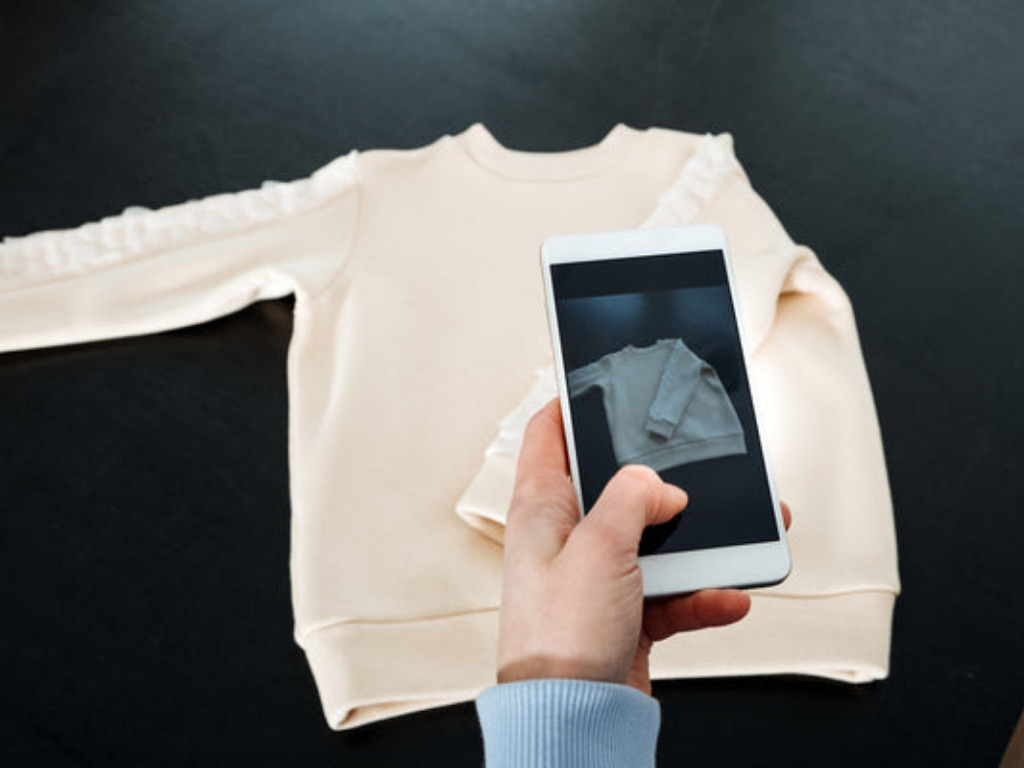4 Mins Read
Washington-based recommerce tech Recurate has secured $14 million in a Series A funding round, led by Jump Capital. The raise is the second-biggest for a resale platform, with the company seeking to target the peer-to-peer market. Previous funding of $3.5 million allowed Recurate to develop a re-commerce tech solution that can be integrated into brands’ own websites.
Recurate’s model differs from those of standard third-party resale operations in that it doesn’t offer users the opportunity to upload items from multiple brands. Its platform is designed to be integrated into an existing e-commerce site of a single brand, allowing peer-to-peer sales of items from that one company only. The technology was designed to offer brands a piece of the resale action while promoting the circular economy.
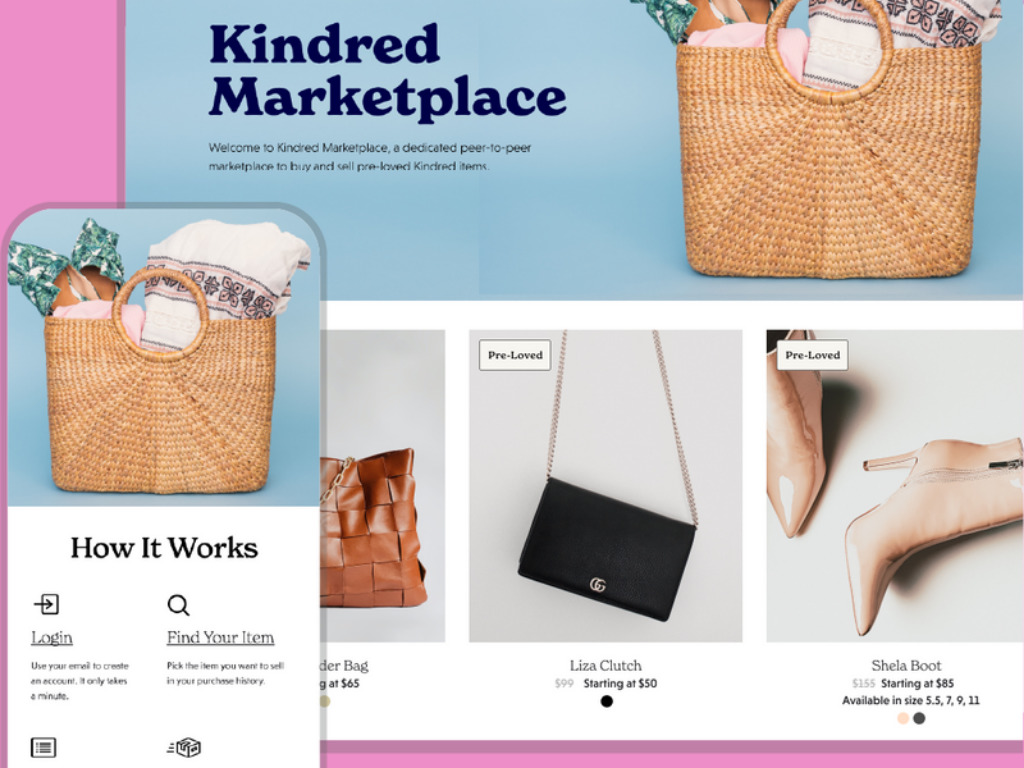
Bringing brands (and consumers) on board
Founded in 2020, Recurate has garnered a portfolio of more than 40 fashion brands already. Steve Madden, Mara Hoffman and La Ligne are some of the bigger names that have signed up. The startup expects to reach more than 100 brand partners by the end of 2022.
The Series B funding is earmarked for making improvements that will appeal to more brands. Streamlined website integration and advanced analytics reports are two upgrades in the planning stage. Adding capability for brands to sell their own unsold inventory and monetising unsellable returns are also slated for implementation.
“Resale 1.0 was third party marketplaces — they’ve made it cool and proved there’s a true market [for resale],” Adam Siegel, co-founder and CEO of Recurate told Vogue Business. “Now, brands are recognising there’s an opportunity. They see their products being sold on third party platforms and think, why can’t we benefit from that?”
The tech itself uses consumer data to understand what buyers have purchased before and allow them to resell it. Official images and product descriptions are used from brand listings, with an estimated valuation offered. Original prices and product quality are used as metrics to estimate a resale value.
More ideas are being circulated, which seem to have consumers in mind. Product authentication will support buyer confidence while reaching the vintage sellers will prove a useful touch, particularly if luxury brands are brought on board. A range of more circular avenues is also being explored. Repairs and upcycling are key priorities within this arena.
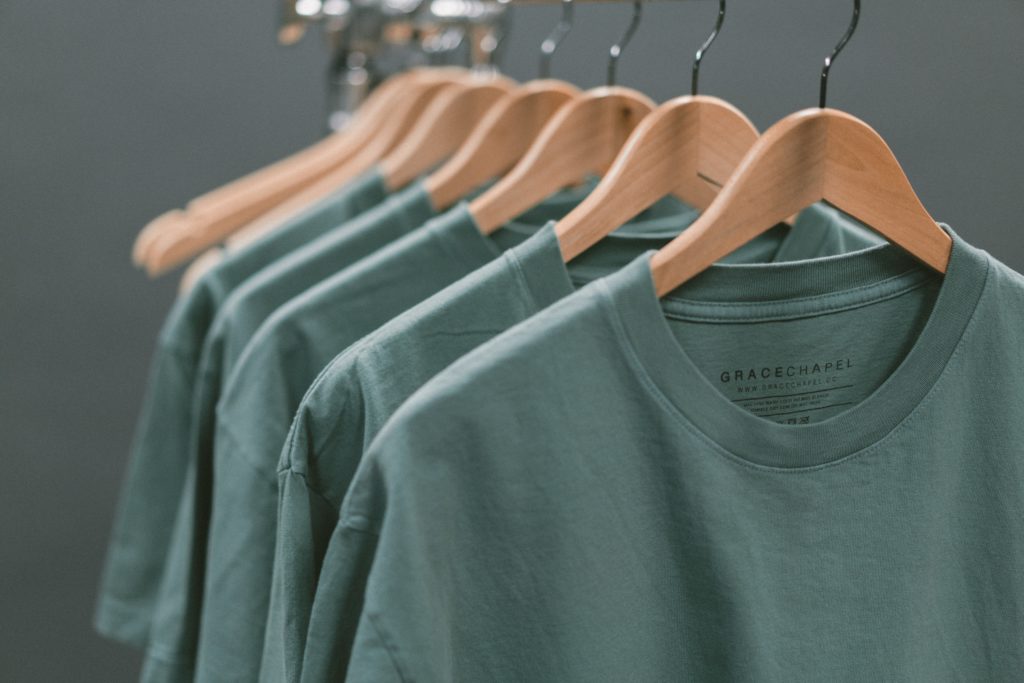
Will luxury brands align with Recurate?
Recurate’s founders acknowledge that the strength of the product lies in its ability to forge connections between brands and consumers. The secondhand clothing market is expected to reach $77 billion by 2025, meaning brands need to get integrated now. The Recurate platform is scalable and allows the resale market to be less competitive, in that existing brand fans will continue to buy, not switch to other options. However, the issue of luxury brands is tangible.
Brands with accessible funds or large parent companies could seek to create their own resale models, without aligning with Recurate. The possibility exists, but the startup is optimistic that more will see the value in outsourcing the technicalities. The digital ID authentication capability of Recurate is used as an example of a proven feature that luxury resale will depend on.
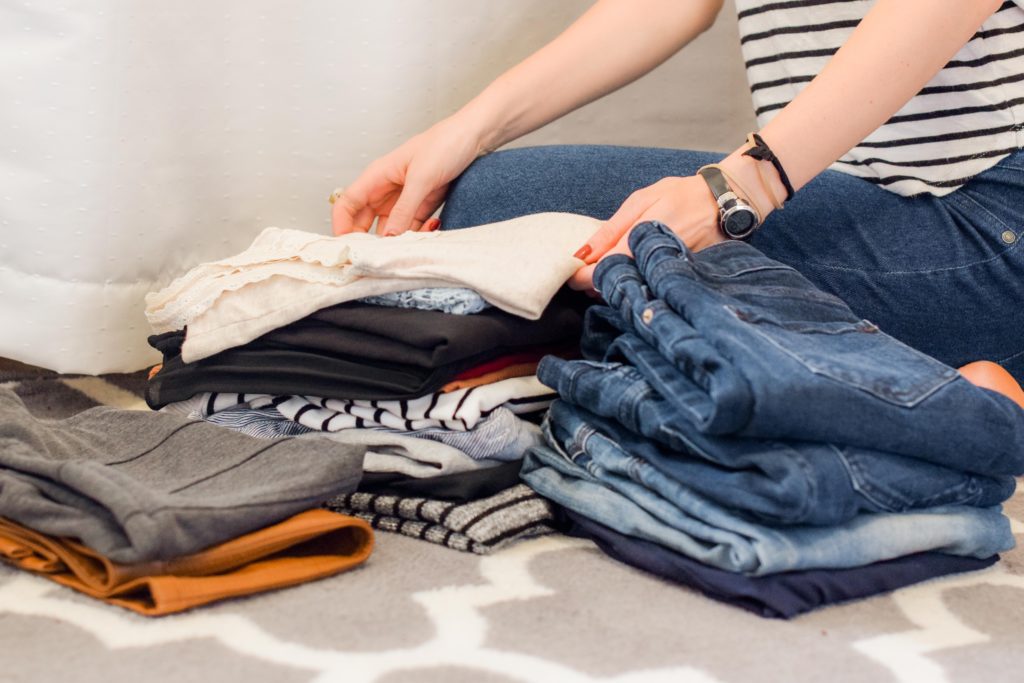
Creating good consumer habits
“I envision a world where every brand owns their resale platform. If there’s an incentive for them to increase the resale value of items because they benefit from the resale value, that means they’re going to produce higher-quality, longer-lasting, higher-value goods to begin with,” Siegel told Vogue Business.
As an offshoot, brands will learn that they can make money without releasing new items. This could spur a degrowth movement within the sector and start a chain reaction that lessens fashion’s impact on the planet.
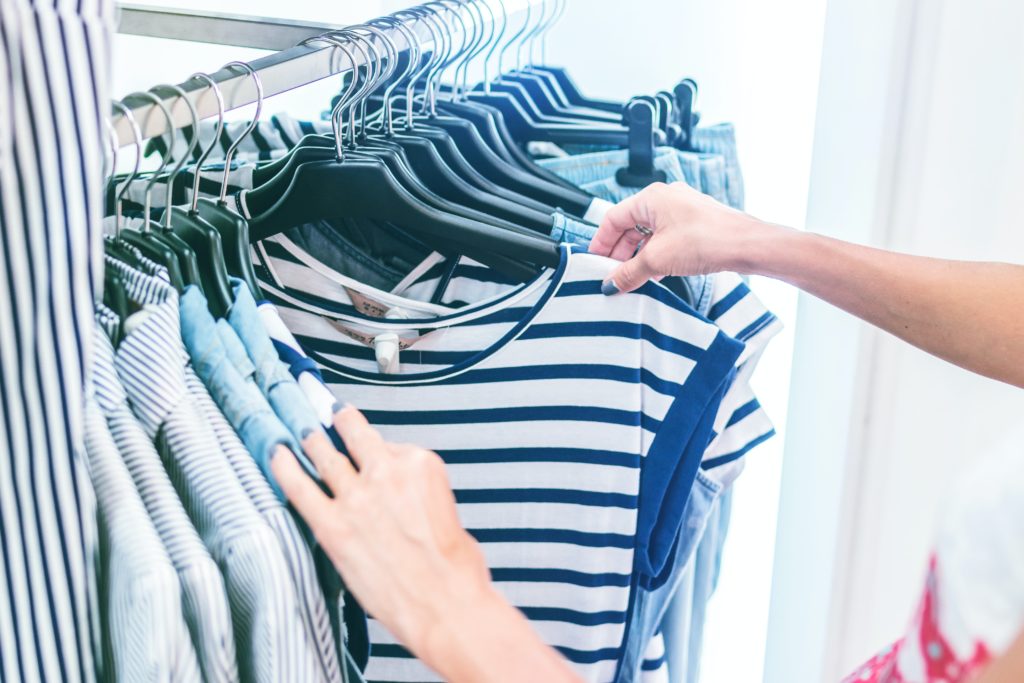
Turning the tide on fast fashion
New regulations appear to be supporting the notion of buying less or securing secondhand. In a bid to halt fast fashion and help the environment, the E.U. has proposed new rules for garment longevity. Clothes will need to be demonstrably harder-wearing, easier to repair and sustainably manufactured. It comes after clothes usage was identified as the E.U.’s fourth-biggest climate impact, after food, housing and transportation.
Along a similar vein, New York City proposed a bill in January this year that will make unsustainable clothing production subject to levies. Transparent supply chains will be critical, with brands expected to document at least 50 percent of their entire network.
Lead photo by Recurate.

